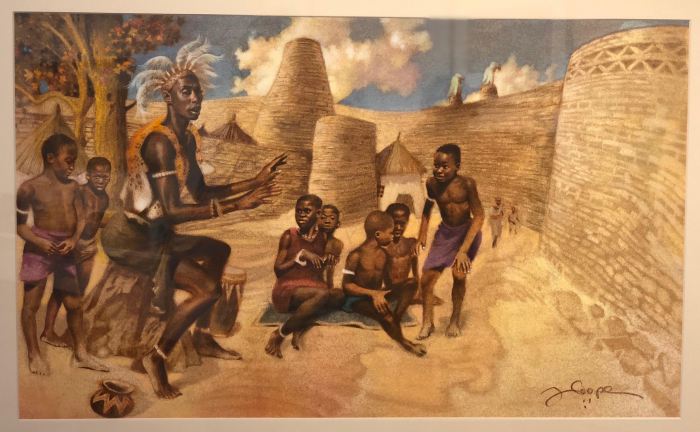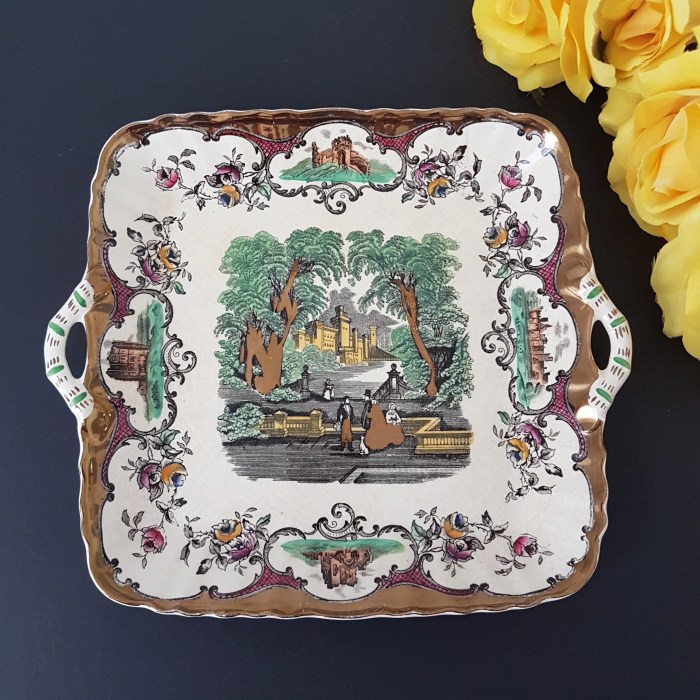Images were first reproduced by printmaking in this ancient culture. – Images were first reproduced by printmaking in this ancient culture, a remarkable innovation that revolutionized the dissemination of art and ideas. This groundbreaking technique allowed for the mass production of images, enabling their widespread distribution and accessibility. The ancient culture that pioneered this transformative process played a pivotal role in shaping the history of art and communication, leaving a lasting legacy that continues to influence artistic practices today.
The development of printmaking in this ancient culture was driven by a confluence of factors, including technological advancements, cultural influences, and artistic ingenuity. The specific techniques and methods employed, such as woodcuts, engravings, and lithography, allowed for the creation of intricate and detailed images that could be reproduced in large quantities.
These techniques opened up new possibilities for artistic expression, leading to the emergence of unique styles and aesthetics.
1. Introduction
Printmaking has played a significant role in ancient cultures, allowing for the mass production and dissemination of images and ideas. Its origins can be traced back to the ancient world, where it evolved from various techniques used for creating impressions on different surfaces.
Printmaking techniques have undergone significant advancements over time, enabling artists to create intricate and detailed images with greater precision and control. The development of new tools and materials, such as the printing press, has also contributed to the widespread adoption of printmaking in various cultures.
2. Ancient Culture’s Contribution to Printmaking
The ancient culture that is credited with the initial reproduction of images through printmaking is China. During the Tang dynasty (618-907 CE), Chinese artisans developed woodblock printing, a technique that involved carving an image onto a wooden block and then using it to transfer the image onto paper or fabric.
This innovation revolutionized the production of images in China, as it allowed for the mass production of religious texts, artwork, and other printed materials. The technique quickly spread to other parts of Asia, including Japan and Korea, where it was further refined and developed.
3. Techniques and Methods
In ancient China, woodblock printing was the primary technique used for printmaking. Artisans would carve an image onto a wooden block, using a variety of tools to create different lines and textures. The block was then inked and pressed onto paper or fabric, transferring the image onto the surface.
Other techniques that emerged in later periods included engraving, where an image was carved into a metal plate, and lithography, where an image was created on a flat stone surface.
4. Artistic Styles and Influences
Printmaking in ancient China was influenced by a variety of artistic styles, including traditional Chinese painting, calligraphy, and Buddhist art. The resulting prints often exhibited a combination of realism and stylization, with a focus on capturing the essence of the subject rather than its exact details.
The development of printmaking also led to the emergence of new artistic genres, such as the “bird-and-flower” paintings that depicted scenes of nature with a delicate and poetic touch.
5. Applications and Purposes
Printmaking in ancient China had a wide range of applications, including the production of religious texts, political propaganda, and everyday objects. Buddhist scriptures were among the most common printed materials, as they allowed for the dissemination of religious teachings to a wider audience.
Printmaking was also used to create political posters and proclamations, which were often used to announce important events or to promote government policies. In addition, prints were used to decorate everyday objects, such as textiles, ceramics, and furniture.
6. Impact and Legacy
The development of printmaking in ancient China had a profound impact on the development of art and communication. It allowed for the mass production of images, which made it possible to reach a wider audience and to spread ideas more effectively.
Printmaking also influenced the development of later artistic movements, such as the European Renaissance and the Japanese ukiyo-e prints. Its legacy continues to be felt today, as printmaking remains a popular and versatile medium for artists around the world.
7. Examples and Illustrations

One of the most famous examples of ancient Chinese printmaking is the “Diamond Sutra,” which is the world’s oldest known printed book. The sutra was produced in 868 CE and features intricate woodblock prints that depict scenes from the life of Buddha.
Another notable example is the “Nine Dragons Scroll,” which is a long, horizontal scroll that depicts nine dragons frolicking in the clouds. The scroll is believed to have been created during the Ming dynasty (1368-1644 CE) and is considered a masterpiece of Chinese printmaking.
8. Comparison with Other Cultures: Images Were First Reproduced By Printmaking In This Ancient Culture.
Printmaking techniques and styles developed independently in different cultures around the world. In Europe, the development of engraving and etching techniques led to the production of highly detailed and realistic prints. In Japan, the ukiyo-e prints were known for their vibrant colors and their depiction of everyday life.
Despite these differences, there are also some similarities in the printmaking techniques and styles of different cultures. For example, the use of woodblock printing was common in both China and Japan, and the techniques used for carving and printing were similar in both cultures.
9. Technological Advancements

The development of printmaking was influenced by a number of technological advancements. The invention of the printing press in the 15th century revolutionized the production of prints, as it allowed for the mass production of high-quality prints at a relatively low cost.
Other technological advancements, such as the development of new inks and papers, also contributed to the development of printmaking. These advancements made it possible to create prints with a wider range of colors and textures, and to produce prints that were more durable and resistant to fading.
Question & Answer Hub
What were the key factors that contributed to the development of printmaking in this ancient culture?
Technological advancements, cultural influences, and artistic ingenuity played crucial roles in the development of printmaking in this ancient culture.
How did printmaking impact the dissemination of art and ideas in this ancient culture?
Printmaking allowed for the mass production of images, enabling their widespread distribution and accessibility, which facilitated the dissemination of art and ideas.
What are some of the unique artistic styles that emerged from printmaking in this ancient culture?
Printmaking techniques opened up new possibilities for artistic expression, leading to the emergence of unique styles and aesthetics that reflected the cultural and artistic traditions of the ancient culture.
